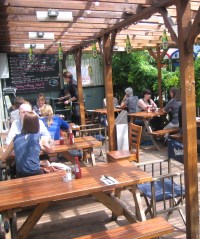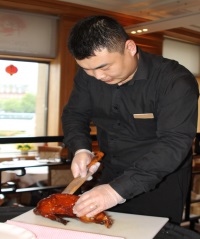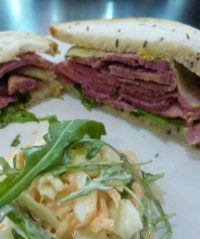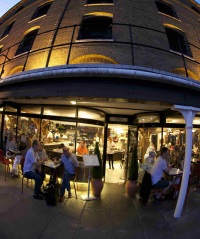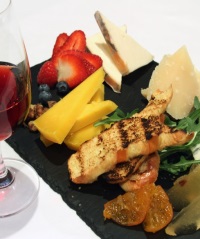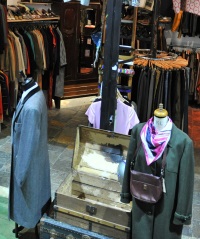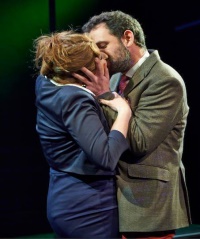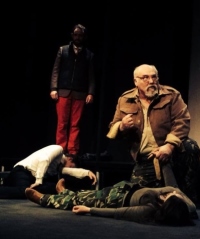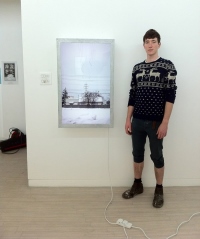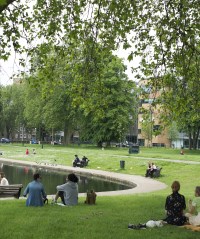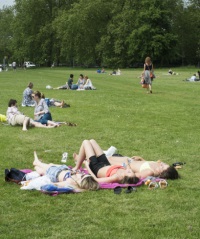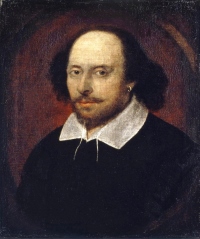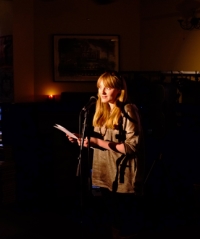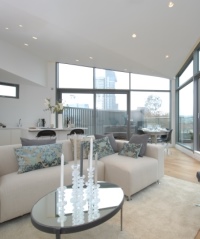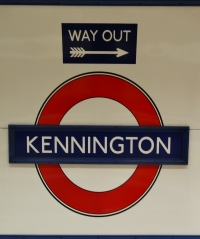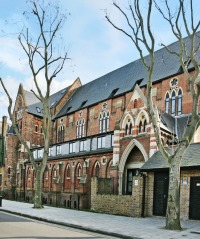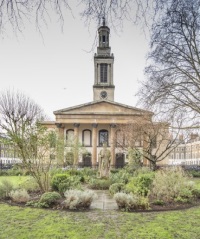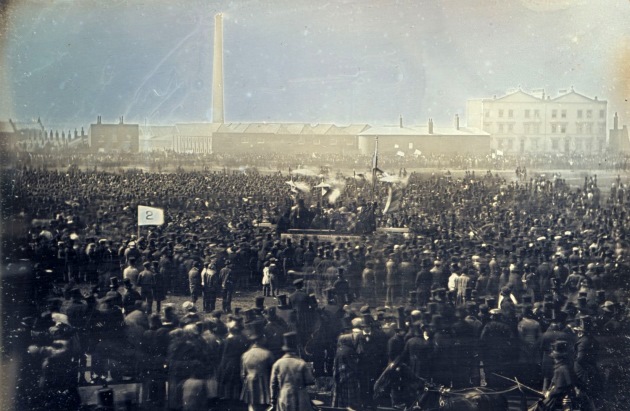
until recently, you’d be forgiven for thinking Kennington a bit of a ‘non-place’ – one you sped through but never really stopped in (except perhaps to dash across a platform). Few people knew it for more than its forlorn 1960s blocks and some of London’s grimmest social housing. But Kennington’s grown up. Like the rest of London, property prices have rocketed. Yet it still offers some of the best value for money around, all within a mile from Westminster. What’s happened?
It’s actually little more than simple gentrification, but the effect it’s had on the area is startling. Like other hotspots across South London, Kennington is slowly being recognised for its intrinsic qualities – its architectural grandeur, its lush park and its buzzing community spirit. In fact, beyond the changing seasons of shops and cafes, there’s not much in Kennington that hasn’t been there for a while. Anyone new to the hidden gems of SE11 was just a bit slow off the mark.
“any MP could get to parliament within eight minutes in a carriage
In relatively recent history, Kennington’s had a bit of a rough ride. In Victorian times, it was rough and crowded. Karl Marx, who visited in 1859, wrote that he found it overbuilt, “seriously overpopulated”, and riddled with diphtheria. By 1915, decline was so bad that an initiative was set up to remodel a number of streets in neo-Georgian style. In 1926, the Charing Cross branch of the Northern line sent its first train hurtling deep beneath the station’s distinctive blue dome.
Growth and prosper was not to last however. The Second World War wasn’t kind on Kennington; the area and its people were badly affected by bombs presumably meant for parliament. From these tragedies sprung the more miserable of the post-war social housing blocks.
But to concentrate on Kennington’s bleaker history is not to do it justice. In fact, the area was once even more gentrified than it is today. It appears in the Domesday Book of 1086 as Chenintune – a bastardisation of ‘King’s Town’. Indeed, it’s thought parliament was held here in 1232 and in the fourteenth century the Black Prince built Kennington Palace in the central triangle (later dismantled by Henry VIII).
And so this little corner of London is not without its own quiet sense of entitlement. The poet laureate (and admirer of ecclesiastical architecture) John Betjeman called St. John the Divine “the most magnificent church in South London”; he wasn’t wrong.
But it isn’t just the church. Off from the triangle are charming Georgian streets and quiet slices of green, all for relatively low prices. The average property price is nearly £200,000 lower than on the Southbank, for example. Tom Floyd of Winkworths in Kennington says this is one of the major draws of the area. “Lots of people have realised that you just can’t get houses like these in more ‘fashionable’ areas, like Clapham or Battersea, for such competitive prices.”
There are other things too. Kennington sits in what’s known as the division bell – a perimeter within which any MP could get to parliament within eight minutes in a carriage, if the occasion arose. Consequently, it’s always been popular with politicians (Ann Widdecombe and Kenneth Clarke were both big fans of the Kennington Tandoori, incidentally).
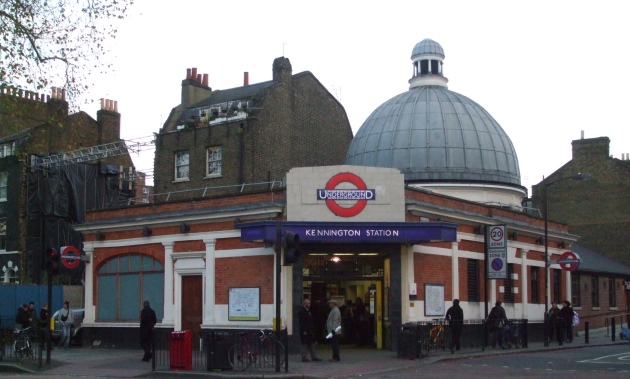
These days, eight minutes’ travel can get you as far as Leicester Square. As a result, a lot of Kennington’s residents are cosmopolitan professionals and young families. Floyd says the diversity it brings is hugely appealing; “It doesn’t attract a particular type…you’re just as likely to get media types commuting to Soho as you are bankers to the City.”
Unlike its neighbours Stockwell or Oval, Kennington boasts a clear epicenter around the triangle, lending a rare and real sense of community to the area. “People easily spend 25 years living here,” Floyd says. “They grow with the area, upgrading as their families get bigger.”
It’s an obvious equation. The longer people stay, the stronger the community. Restaurants become family favourites and pubs collect locals. The Prince of Wales is one to note here, where on summer evenings you can see locals taking to Cleaver Square for a game of boules.
Most encouragingly, the community allows schools to truly flourish. Kennington has Ofsted-“outstanding” primaries (and a secondary, too – the girls-only Notre Dame), and Lillian Bayliss Technology School was named the most improved London comprehensive in 2005.
Speaking to a local, Kennington’s appeal is clear: “My commute’s twenty minutes, my son’s thriving in a wonderful school, I know all my local shopkeepers. I feel at home in my little village.”
-
Discovering ZEN
Where the exotic delights of the Far East meet the diners in the West at County Hall
Category: Food&Drink -
RELAX: Mediterranean Style
Southbank, the Summer and Studio 6
Category: Food&Drink -
RUINS to Relics
Breathing new life into unwanted waste
Category: Style -
PARK Life
The changing cultural past-times in London's many and varied public spaces
Category: Culture -
Bermondsey BOY
The faraway photography of local lad Sam Dransfield
Category: Culture -
LIVE... Off West End
Another look at some of the talent and less well-known venues that don't attract all the big names but do deliver an equally exciting evening of entertainment
Category: Culture -
Off West End - 3 Reviews
Category: Culture -
MAGIC in the Air
Category: Culture -
YOU STOLE My Heart
Summer Poetry in The RIVER
Category: For The Soul -
CREATIVE Writing 2014
Calling all poets and story-tellers of London; we will read, print and reward our favourites
Category: For The Soul -
High INTENSITY
Christian Thomson explains how to get into shape quickly this summer
Category: For The Soul -
Summer GLOW
The alternative ways of getting that healthy summer-look
Category: For The Soul -
HEALTH Report
Category: For The Soul -
SPOTLIGHT Property
ARCHES and Cloisters
Category: Property -
A Picture of KENNINGTON
A profile of an often over-looked corner of town
Category: Property -
BOUTIQUE Luxury Apartments
Modernisation with soul
Category: Property

